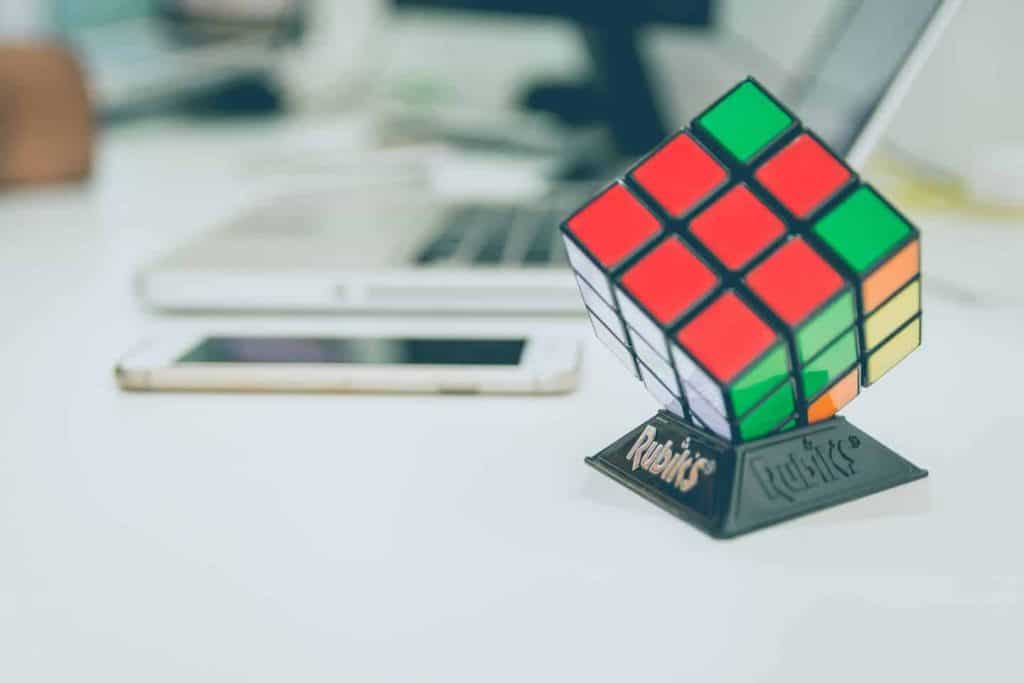A term we often hear but may not fully understand is muscle memory. Since last year, more has become known about this, and that’s why we’re addressing this topic. “Muscle memory” works in two ways: through brain control and within the muscle cells themselves. Here’s how.

Table of Contents
What is muscle memory
In the documentary ‘The Comeback’, we see how Arnold Schwarzenegger, five years after his 6th Mr. Olympia victory and retirement from professional bodybuilding in 1980, returns to the stage. After an incredible 8-week preparation period, he manages to win his 7th Sandow trophy.
Naturally, he had been training during the 5 years after his 6th victory, and he was also training for the filming of Conan the Barbarian when the idea arose to give it one last try.
And yes, he used steroids, but who among the competitors on that stage didn’t?
Whether the victory was deserved or not (his popularity didn’t exactly make a victory more difficult), his physique on stage was an example of how quickly a trained body can return to its previous level. Especially when compared to the time it took to initially reach that level.
An important factor contributing to this is muscle memory, also known as Muscle Memory.
It’s a term most are familiar with, but the exact mechanism is often unclear. We know there’s something that enables the body to quickly revert to a previously achieved level, but the specifics have only become clearer since last year.
Muscle memory in the brain
The term muscle memory itself can be confusing because it’s used for different functions in the body. The effect of accelerated growth is often attributed to the same function responsible for never forgetting how to ride a bike, the strengthened connections in your brain through repetition.
This motor skill, however, only ensures that your body knows how to perform a certain movement.
This is useful for executing fitness exercises, but it’s not what causes muscles to grow faster. For that, something happens within the muscles themselves.
Muscle memory in the muscle cell
The well-known model of hypertrophy and atrophy illustrates how muscles grow and shrink.
In essence: Muscle cells are the largest cells in the body, likely because muscle strength depends on muscle mass.
They are among the few cell types in the body that have multiple nuclei to allow for this volume. When trained, muscle cells increase in volume (more cytoplasm) through protein synthesis from the nuclei producing muscle proteins.
To sustain this increased volume, stem cells near the muscle fiber, called satellite cells, multiply and fuse with the muscle cell, providing it with more nuclei, which in turn contribute to more growth. When training stops, the volume of the muscle cell decreases, and these new nuclei would be destroyed again through atrophy, the well-known principle of reversibility.
Back to square one. Or not?
In the new study by Norwegian scientist Gundersen in 2011, published in the online version of Proceedings of the National Academy of Science, it was shown that indeed new nuclei are formed, but they do not disappear. Through new techniques, including in vivo imaging, the muscle cells of mice were examined after being trained through methods such as electrical muscle stimulation, akin to the Abtronic.
What was found?
The additional muscle cell nuclei had not disappeared after a longer period without training. This effect appears to be permanent, although it has not been studied in the long term. Because these additional nuclei enable more muscle proteins to be produced, the muscles grow back to their previous size faster than the first time they were trained.
This ‘memory mechanism’ has many and significant implications. The most important is that you benefit from it for a long time, if not permanently, if you start training early. Very welcome news for anyone who has ever said that bodybuilding is an ungrateful sport because all the results of years of effort disappear if you do nothing for a few months. It explains why, as a trained athlete, you can quickly return to form after a period of rest. It emphasizes the importance of exercising in youth and not just getting off the couch when your beer belly obstructs the view of the TV.
Read also: new research confirms the workings of muscle memory
Improving memory through creatine
An interesting study in the realm of the effects of creatine on cognitive functions is the research from the University of Sydney, where researchers looked into the influence of creatine on memory.
The researchers found that supplementation with creatine provided a “significant, measurable boost to brainpower.” In a memory test where participants were asked to recall a series of numbers, those taking creatine remembered an average of 8.5 numbers compared to seven for those not using the supplement. The findings were published in the October 22, 2003 issue of the journal Proceedings of the Royal Society: Biological Sciences.
Conclusion
Muscle memory ensures that your body doesn’t completely revert to the old level from before training. Previously achieved results may not guarantee the future end result, but in this case, they guarantee that you’ll take less time than before to achieve it.

